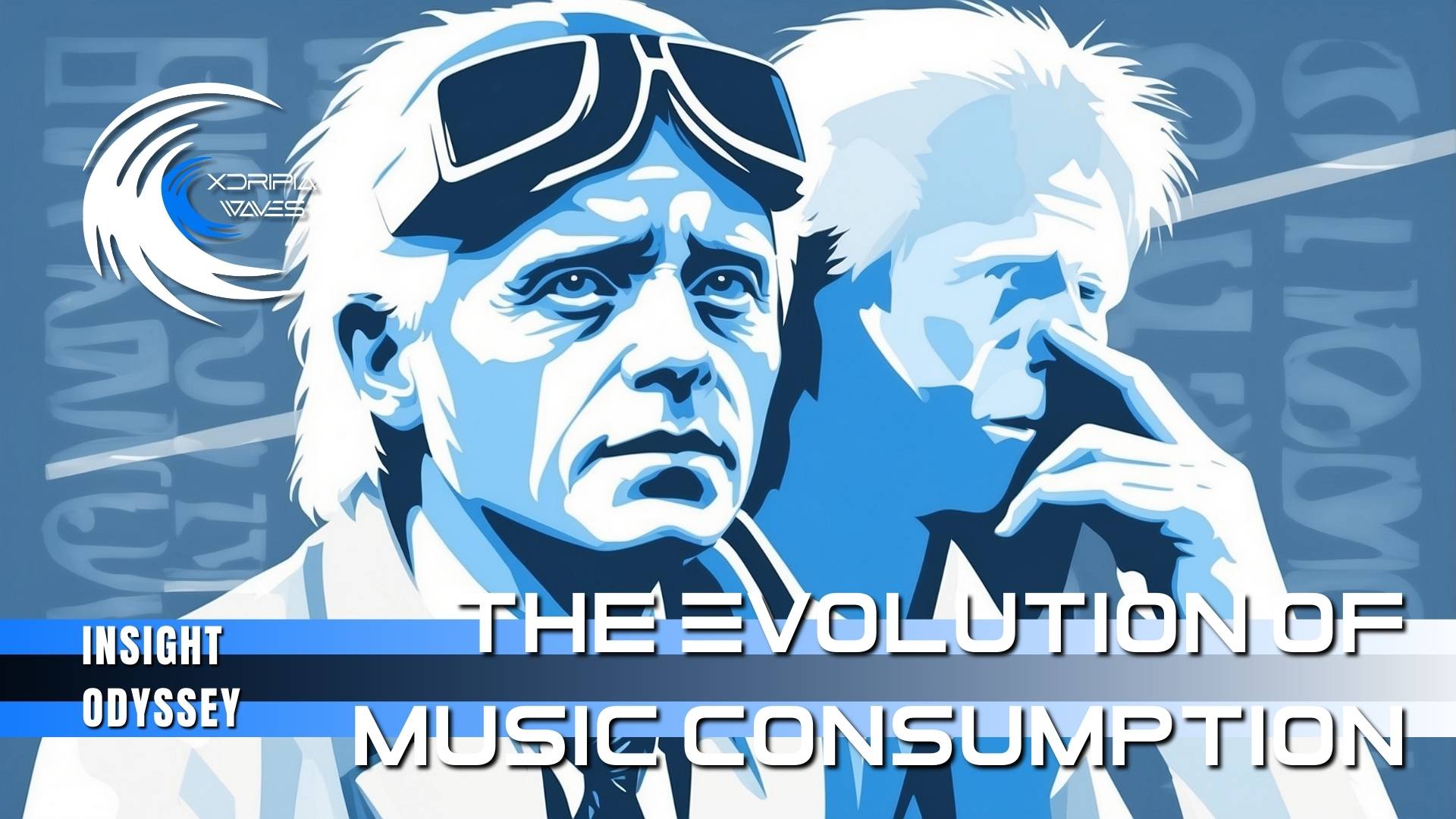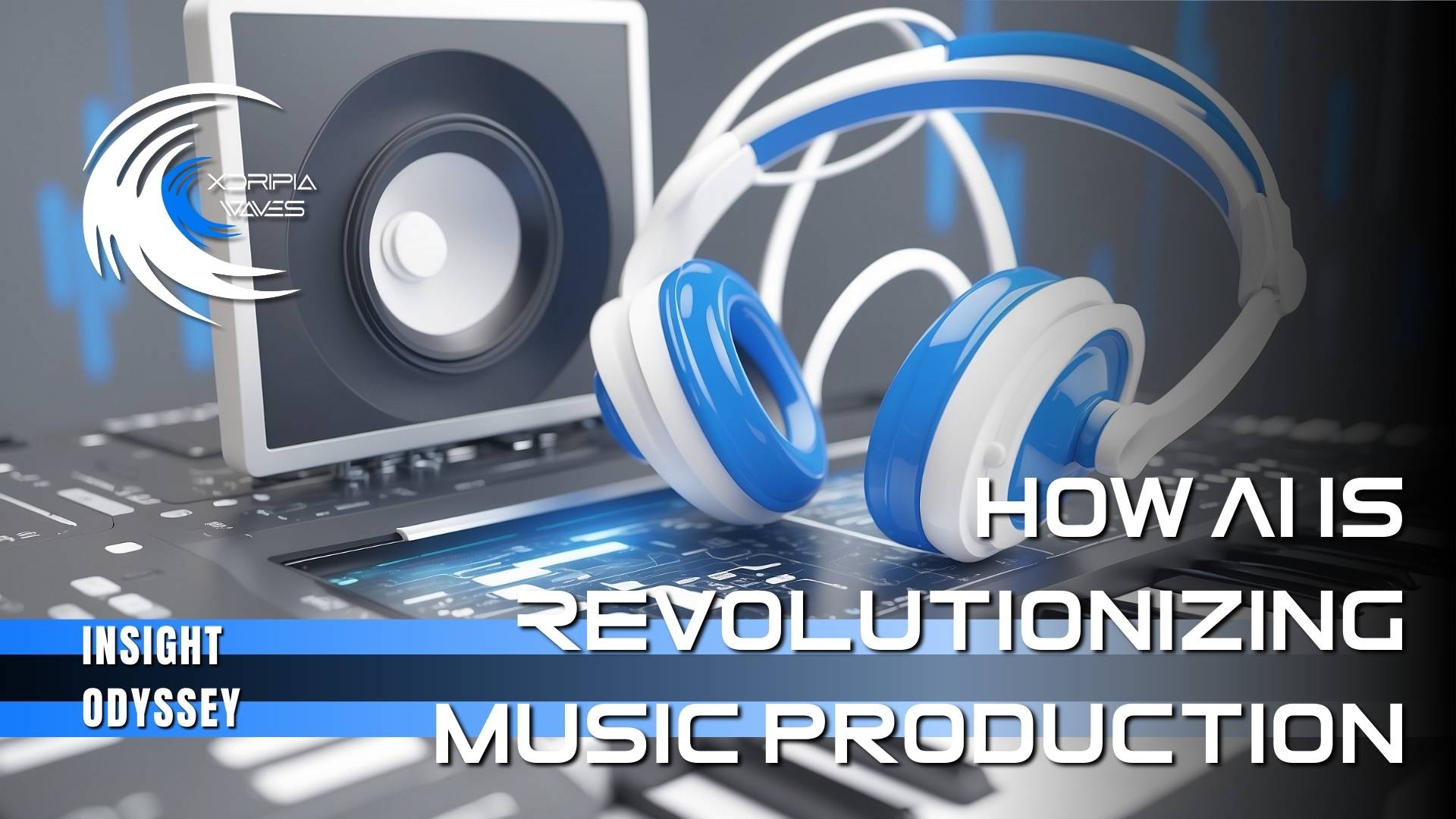Introduction
Music consumption has undergone a remarkable transformation over the past few decades. From the tactile experience of vinyl records to the seamless convenience of digital streaming, the way we listen to music has evolved in tandem with technological advancements. This article explores the journey of music consumption, highlighting key milestones and the impact of each format on the industry and listeners alike.
The Vinyl Era
The Golden Age of Vinyl
In the mid-20th century, vinyl records became the dominant format for music consumption. The tactile nature of vinyl, with its large album covers and physical grooves, provided a unique listening experience. Collecting records became a popular hobby, and the act of placing a needle on a record created a sense of connection between the listener and the music.
Impact on the Industry
Vinyl records not only shaped the listening experience but also influenced the music industry. Artists and record labels focused on creating albums with cohesive themes, often accompanied by elaborate cover art and liner notes. The limitations of vinyl—such as the need to flip the record halfway through—also affected how albums were produced and sequenced.
The Rise of Cassettes and CDs
Transition to Cassettes
In the 1970s and 1980s, cassette tapes offered a more portable alternative to vinyl. Listeners could create mixtapes and enjoy music on the go with the advent of the Walkman. Cassettes also allowed for easier duplication, which had both positive and negative implications for the music industry.
The Compact Disc Revolution
The introduction of compact discs (CDs) in the 1980s marked another significant shift. CDs provided superior sound quality and durability compared to cassettes and vinyl. The digital format allowed for longer playtimes and easier navigation between tracks. The compact size and convenience of CDs led to their widespread adoption, eventually surpassing vinyl and cassettes in popularity.
The Digital Revolution
The Birth of MP3s
The late 1990s saw the emergence of MP3 files, which revolutionized music consumption by enabling digital distribution. MP3s allowed users to store vast amounts of music on their computers and portable devices. The convenience of digital music led to the rise of online file-sharing platforms like Napster, which disrupted the traditional music industry model.
Impact of Digital Downloads
Digital downloads through platforms like iTunes transformed the way people purchased music. Listeners could buy individual tracks rather than entire albums, leading to a shift in how music was consumed and marketed. The digital revolution also democratized music distribution, giving independent artists a platform to reach global audiences.
Streaming Takes Over
Emergence of Streaming Platforms
The 2010s ushered in the era of music streaming, with platforms like Spotify, Apple Music, and YouTube becoming the primary means of music consumption. Streaming services offered unlimited access to vast music libraries for a monthly subscription fee, providing unparalleled convenience and variety.
Changing Listening Habits
Streaming has significantly changed listening habits, with curated playlists, algorithm-driven recommendations, and on-demand access to music. Listeners no longer need to own music physically or digitally; instead, they can stream it from the cloud. This shift has also impacted how artists release music, with a focus on singles and frequent releases to stay relevant in the streaming ecosystem.
The Role of AI in Music
Personalized Recommendations
Advanced AI and machine learning algorithms have enhanced user experiences by offering personalized music recommendations. These technologies analyze listening patterns to curate playlists and suggest new music, making discovery easier and more enjoyable.
AI-Generated Music
AI is also making strides in music creation. AI-generated music can produce compositions and assist artists in the creative process, opening new possibilities for innovation and collaboration in the music industry.
Blockchain Integration
Transparency and Fair Compensation
Blockchain technology promises to address long-standing issues in the music industry, such as transparency and fair compensation. By leveraging decentralized ledgers, blockchain can ensure that artists are fairly compensated for their work, with real-time tracking of music usage and royalties.
Examples of Blockchain-Based Platforms
Several blockchain-based music platforms are emerging, offering new models for music distribution and monetization. These platforms aim to empower artists by providing greater control over their content and revenue streams.
Conclusion
The evolution of music consumption from vinyl to streaming reflects broader technological and societal changes. Each format has brought unique advantages and challenges, shaping the music industry and listener experiences. As we move forward, technologies like AI and blockchain will continue to redefine how we create, distribute, and enjoy music, promising a future where innovation and creativity flourish.


